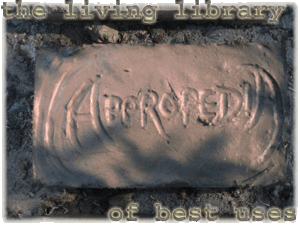Template:TOCtop Template:LangUser:Jerseypike Template:255inprogress
Farinzucker
Da sind zwei Farinzuckerkategorien: sie entstehen direkt auf das Zuckerrohrsaft um der Ursprungsort und sie hergestellt sind wahrend das Affinieren der Rohrrohzucker. Die erst Art aufnehmt eine Abart auf die Melasse und die Zuckersaften, brauner Rohrzucker, muscovite, und turbinado zuckeren. Die zweite Art ist bedecktigbraun oder “flau” Zucker, gefertigt Rohrzucker, und eine Abart uber die Raffineriemelasse und golden Zuckersaften.
Those produced directly from the cane juice at the place of origin can be made using relatively low-cost and low technology processes suitable for small-scale production However, this level of production still requires experience, skill and knowledge to be successful. The technology involved is based on the open pan production which is described in the Practical Action’s technical briefs on gur and the open pan sulphitation (OPS) sugar processing.
The refined brown sugars are produced in modern vacuum pan (VP) sugar factories which are capital intensive and have high throughputs and are not suitable for small-scale production.
The brown sugar types can be further divided into those where the crystals are separated (centrifuged) and those that are not separated (non-centrifuged) from the molasses. [edit]
Small-scale brown sugar production
The following sugars can be produced using relatively simple low-cost technologies that are currently in use in India, Pakistan, Bangladesh, East Africa and South America. In all cases these sugars can also be produced in medium and large factories
| Scale | Cane Processed/day | Type of enterprse |
|---|---|---|
| Small | Up to 50 tonnes | Cottage and small village industry using traditional technology |
| Medium | 50 to 500 tonnes | Small to medium enterprise using modified traditional, OPS or small-scale VP technology |
| Large | 500 tonnes upwards | Large industry using modern VP technology |
Table 1: Scale of production
Syrups
A syrup is a liquid sugar made using relatively simple production processes. The cane is crushed using roller type crushers extracting the juice and discharging the waste bagasse. The juice is collected in containers and allowed to stand for a few hours before use, to allow particles and fines to precipitate out. The juice is then poured into the boiling pan through a coarse cotton cloth to filter out remaining particles.
If possible the juice should be allowed to stand in tanks for 24 hours to settle out bagasse and other solids that may have contaminated the juice. Tanks should be fitted with a mesh lid, through which the juice is poured, which acts as a filter.
Costs
Materials
| header 1 | header 2 | header 3 |
|---|---|---|
| row 1, cell 1 | row 1, cell 2 | row 1, cell 3 |
| row 2, cell 1 | row 2, cell 2 | row 2, cell 3 |
See this example of a cost table for more on tables.
Possible alternative materials
Tools
Skills needed
Estimated time of construction
Specifications
Technical specifications including a schematic (CAD, pictures of the device).

Here is some help uploading files.
Construction instructions
Next steps
Possible alternatives devices
Location
References
See Help:Footnotes for more.
Categories
<layout name="AT device" />